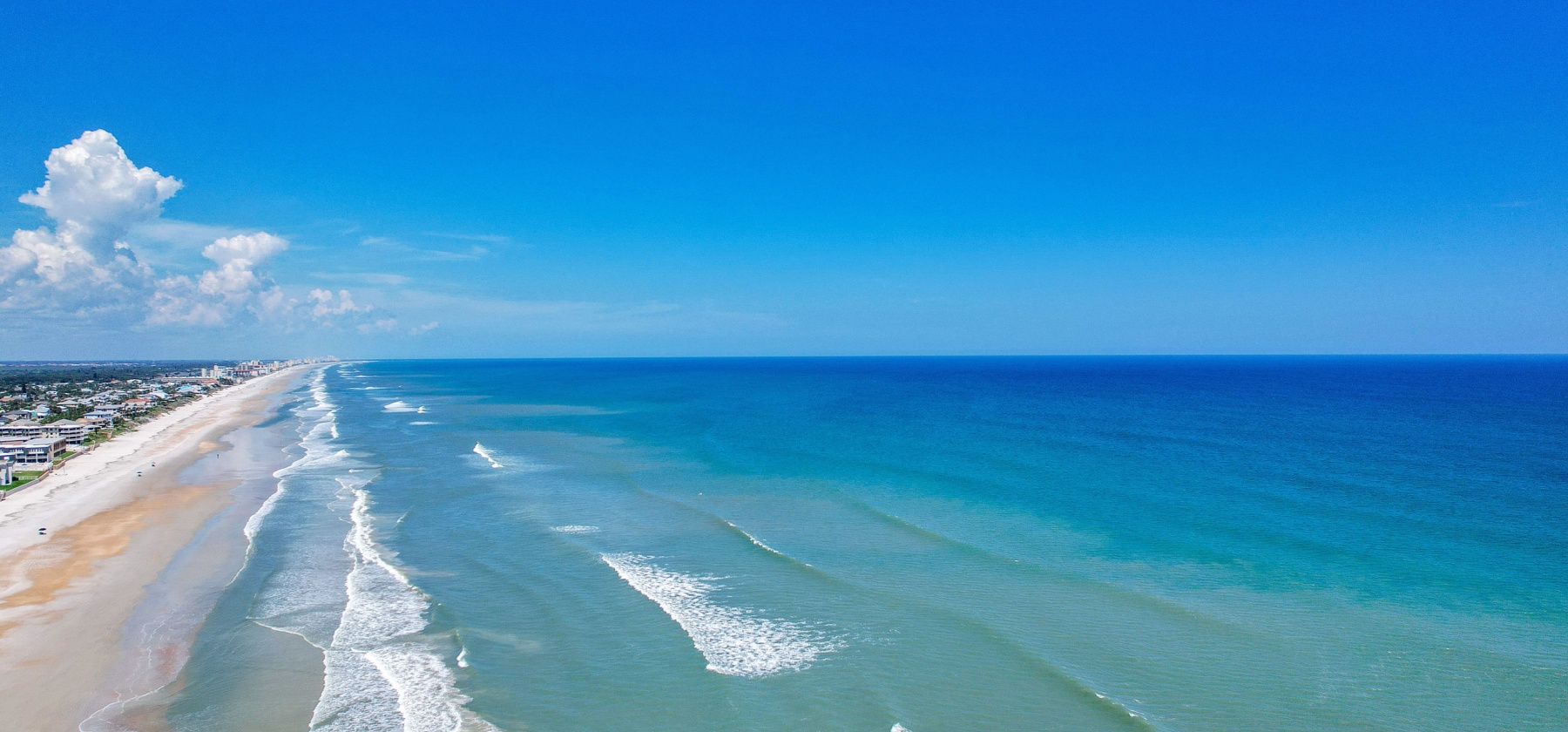You might not know that one of the most popular things to do in New Smyrna Beach and through Volusia County is to drive on the beach. This long beloved tradition dates back to the earliest days of the invention of the automobile and has been a routine here ever since.
Experience a local tradition
However, there are a few things you should know before you just start driving on the beach during your next family vacation. Volusia Countyâs beaches have been intensely affected by the past hurricane seasons. The tides and geography of the beach have made it so cars canât drive nearly as far as they once were able to.

Another important thing to know is that Volusia Countyâs beaches are separated into 3 different âœExperience Zonesâ� â" Transitional, Natural, and Urban. The Natural Zones, as you might expect are natural protected areas, meaning urban development is prohibited. These beaches have the highest number of turtle nests, so parking and public driving is not allowed.
The Transitional zones house a mix of urban-developed seawalls and natural sand dunes. Public driving and parking are allowed in Transitional zones 30 feet seaward (toward the sea) of the dunes and there are moderate sea turtle nests. And the Urban zones are the zones with hotels, condominiums, and high-traffic areas with many people throughout the year with minimal sea turtle nests. Public parking and driving is allowed in the Urban zones 15 feet seaward of the seawall or dunes.
Beach pass
With all of that in mind, if you are looking to drive on the beach, you will need to obtain a beach pass. Annual beach passes cost $25 for local residents. Non-residents can purchase them for $100. If you donât want an annual pass, you can also pay $10 for a day pass. Vehicles can drive on Volusia County beaches from Nov 1 â" Apr 30 from sunrise to sunset. From May through October vehicles are allowed to drive from 8am â" 7pm.
If you do decide to drive on the beach, keep conservation and ocean safety in mind at all times. Sea turtle nesting season takes place from May through October and nests should be left alone, undisturbed. These nests are marked daily and should be very obvious to visitors. The sand dunes are another natural treasure that should be left alone. Keep off sand dunes and do not remove any plants or sea oats. Please leave any other animals or living organisms alone and do not feed them.


